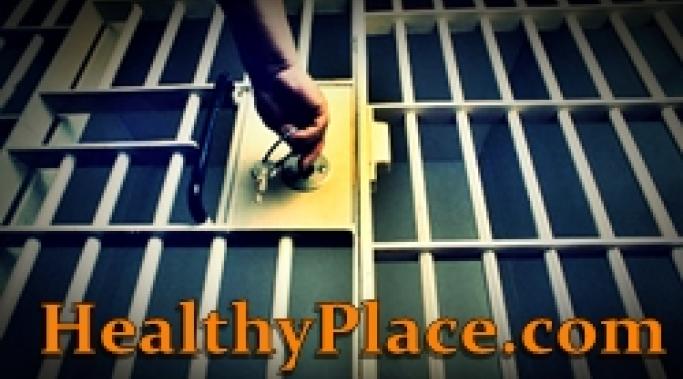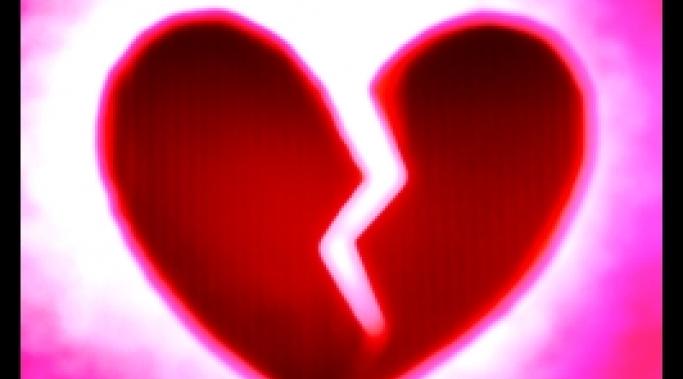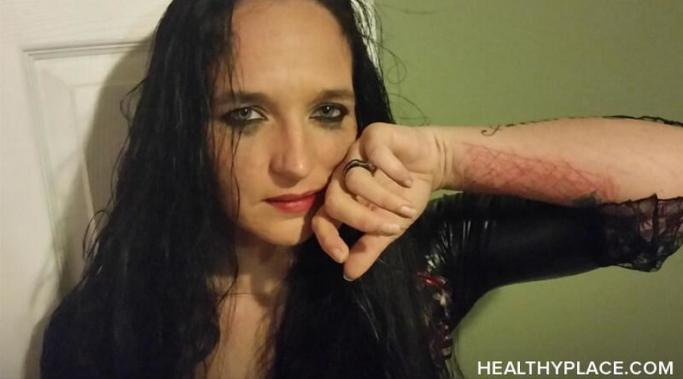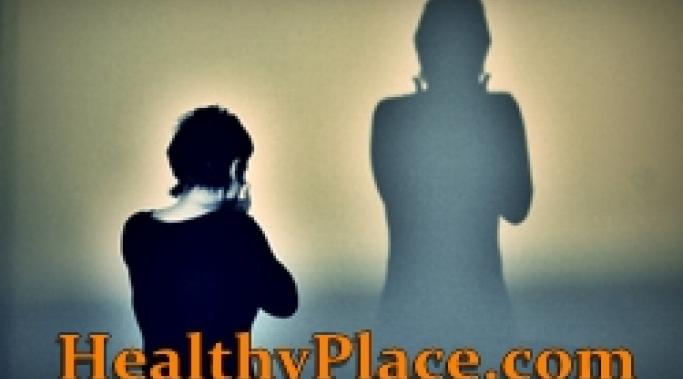Recently I spent the night in the psychiatric emergency room. While I was there, the police brought a suicidal drunk woman in. Short version: she created a huge disruption, refused treatment, tried to leave and was eventually arrested for public intoxication.
Mental illness, especially when combined with a substance abuse disorder, is an easy way to wind up in jail.
More than Borderline
Borderline personality disorder (BPD) is one of the few mental illnesses that can leave visible physical scars. One of the symptoms of BPD is self-injury, or SI for short. SI is so closely identified with BPD that some psychiatrists will diagnose a person with BPD if only SI is present (technically at least four other criteria should exist, but I'm going by experience).
SI is a negative coping skill. In the words of the late Lady Diana Spencer, "You have so much pain inside yourself that you try and hurt yourself on the outside because you want help."
Recently I became very depressed for no apparent reason. My therapist and I decided I needed to be evaluated, and that's when the nightmare started.
I live in a cluster apartment, so staff called hospital security to take me to the Crisis Intervention Unit (CIU). Hospital security said no officers were available, so staff called the Indianapolis Metropolitan Police Department. The police called for a medic, but both the medic and the police refused to transport me, saying that transporting me was hospital security's job. They made me sign a form refusing transportation, and said that all the psychiatric beds in Indy were taken.
I was taken to the emergency room, evaluated, diagnosed with suicidal ideation, and sent home because there were no beds available.
One of the symptoms of borderline personality disorder is difficulty controlling impulses. Needless to say, this can sometimes lead to disastrous consequences for actions that make sense only to us. Last night, for example, as I looked out my second-story window, I saw a dumpster full of construction debris and felt an inexplicable urge to jump just to see what would happen.
Thankfully I didn't, but impulsive, potentially self-damaging behavior can be a problem for people with borderline personality disorder.
m borderline personality disorder.
After last week's post, Gus123 had this to say:
if a “regular doc” finds out one has a mental illness diagnosis, they will blame all one’s ills on “imaginary” causes, discounting one’s judgement and intellect, regardless of the true nature of thing.
He hit the nail on the head. A study revealed that almost half of all patients with schizophrenia reported that their family doctors took their physical symptoms less seriously when the doctors were aware of the patient's psychiatric diagnosis. My experience is that they do the same for patients with borderline personality disorder.
There's talk of privatizing the state hospital system. That strikes me as a bad idea. We already have enough mental health services that run with a skeleton staff, minimal oversight, and an emphasis on the bottom line.
Dr. Marsha Linehan, best known for creating dialectical behavioral therapy (DBT), admitted in a New York Times article that she struggles with mental illness, once being called "one of the most disturbed patients in the hospital." She would diagnose her troubled teenage self as having borderline personality disorder, or BPD. So why does this matter?
While a personality test is legal, a test designed for clinical diagnosis is not. Saterfiel and Associates explains "The courts have consistently ruled against the general use of those psychological assessments in the business environment. The use of clinically inclined instruments would also fly in the face of the Americans With Disabilities Act since they are mainly designed to diagnose abnormal behavioral patterns. The ADA states that an employer 'shall not conduct a medical examination or make inquiries as to whether such applicant is an individual with a disability or as to the nature and severity of such disability.'"
Some people believe that the term "borderline" is stigmatizing and inaccurate. Should BPD be renamed? If so, what should it be called?








